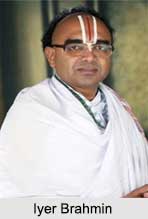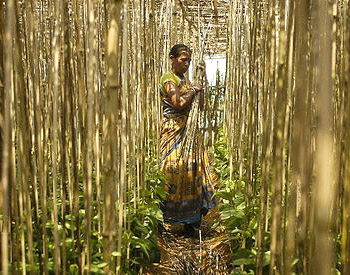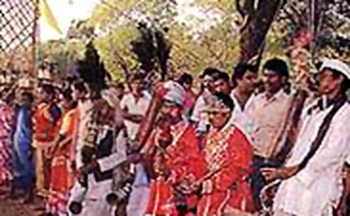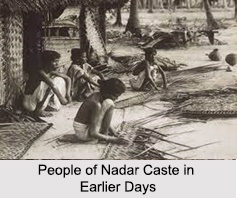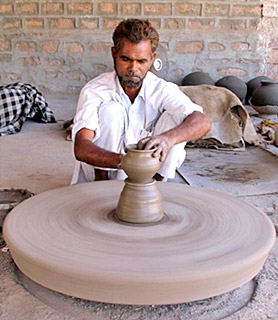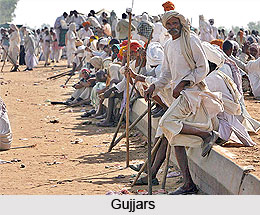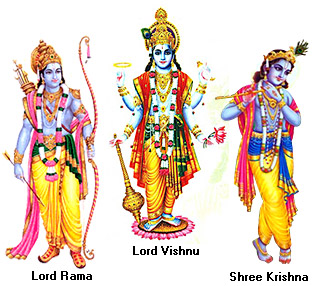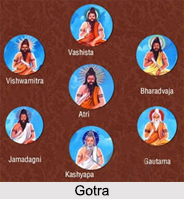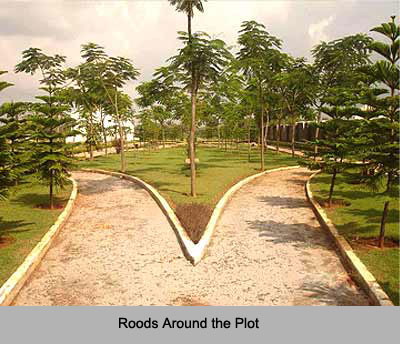 Roads Around the Plot should never be ignored. While some of them are very useful, others can lead to negative impacts. According to Vastu Shastra it is important to choose a plot, which has the right kind of roads that will lead a person to the plot.
Roads Around the Plot should never be ignored. While some of them are very useful, others can lead to negative impacts. According to Vastu Shastra it is important to choose a plot, which has the right kind of roads that will lead a person to the plot.
• Plots that have parallel roads on all sides are considered auspicious. These types of plots are known as Brahma Stavam. Persons living in such plots will be subject to progress, wealth, health and prosperity. In case they face the north-east side of the layout plan then it would be an added advantage. It will incredibly increase wealth, commerce and knowledge. However, if such a place is located in the south-east corner then fire and electric equipment factories would flourish.
• If there are roads on the east, the west and the north-side then progress in the family will be very rapid. For men catering business will flourish.
• If there are roads on the east, the north, and the south then both life and business will prosper.
• If there are roads on the east, the west and the south direction, persons staying in such plots will be popular. However, if the financial aspect or the business is managed by women, it makes more progress.
• If there are roads on the north, the west and the south sides, people living in such places will have a happy and prosperous life. They are not interested in social works. The south-west and north-west sides of plots with roads on the east and the north sides (downward slope towards the north-east corner and upwards slope towards the south-east) are considered quite auspicious.
• If the south and the west side roads have downward slope in the south-east and the north-west direction business flourishes.
• If there are roads on the east and the north sides of a plot people living in them will be well known. They get opportunities for new businesses and become prosperous.
• If there are roads on the east and the south side of a plot, the person living here will have a peaceful life. Such people spend a lot of money on entertainment.
• Plots with roads on the north and the west sides will be instrumental in increasing the wealth of the persons living in them. However, they will face little hurdles in amassing this wealth.
• Plots having roads on the south and the west sides with slope towards the south-west direction are peculiar. There is rapid progress in business but it comes to a standstill after 10-20 years.
• Plots which have roads on the east and the west sides bring prosperity to the people living there.
• Some plots have the north and the south pole in the corners. This means that the principal directions are in the corner. People living on such plots find that success always slips out of their hands at the eleventh hour. Some ambitious people, however, prosper more than their expectations.
• If the roads around the plot run parallel to the building then it will prove useful. However, if the roads are zigzag in nature then one will be compelled to face unwanted troubles and difficulties.
• Plots with road on the east side are auspicious. While living here one gets fame and success.
• Plots with road on the north side are auspicious. Business prospers and the wealth increases.
• Plots with road on the west side leads to quick progress in business but once this period is over the downfall starts.
• Plots with road on the south side are good for business dealing with articles and requirements that are related to ladies. They are also auspicious for the carrying out business dealings related to entertainment, hospitals and bars.










